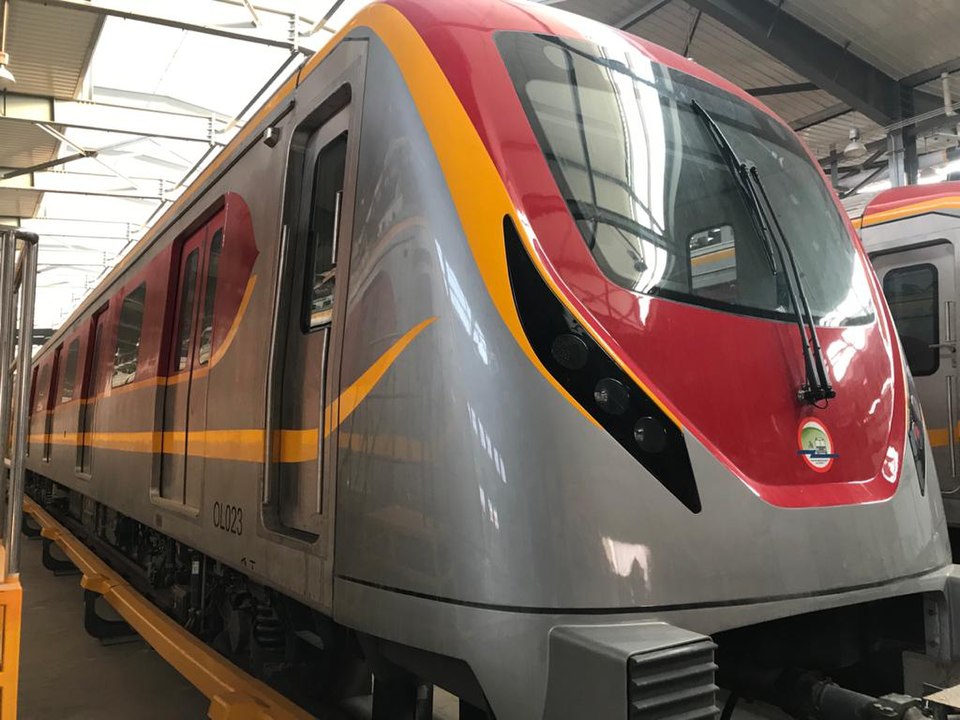

Title: Detailed Examination of Lahore’s Electric Tram Initiative
Introduction
Lahore, the vibrant and historical core of Pakistan, is set to initiate a major overhaul of its urban transportation systems with the launch of an electric tram initiative. This program is part of a wider plan aimed at mitigating the city’s escalating traffic issues, lowering environmental pollution, and enhancing public transport services. This article offers a detailed examination of Lahore’s electric tram initiative, emphasizing its goals, characteristics, hurdles, and possible outcomes.
Project Goals
The main goals of the Lahore electric tram initiative are to:
1. Mitigate Traffic Issues: Lahore’s rapidly expanding population has resulted in considerable traffic difficulties. The tram initiative intends to offer an efficient alternative to road transport, thereby reducing the number of vehicles on the streets.
2. Lower Environmental Footprint: By employing electric trams, the initiative aims to lessen the city’s carbon emissions and air quality concerns, promoting a healthier urban setting.
3. Improve Public Transport: The initiative is crafted to enhance the quality and accessibility of public transportation in Lahore, making it more attractive to both residents and tourists.
Project Characteristics
1. Routes and Infrastructure: The tram initiative will span critical regions of Lahore, linking significant commercial, residential, and cultural centers. The infrastructure will consist of dedicated tram pathways, contemporary stations, and compatibility with current public transport systems.
2. Technology and Design: The trams will feature cutting-edge technology, including energy-efficient electric motors, real-time tracking, and informational systems for passengers. The design will prioritize user comfort, safety, and accessibility.
3. Eco-Friendliness: The initiative focuses on sustainability through the adoption of renewable energy sources to operate the trams, thereby reducing dependence on fossil fuels.
Obstacles
1. Financial Resources: Obtaining sufficient funding for the initiative poses a considerable challenge. It demands significant investments from both public and private entities to finance construction, operation, and maintenance expenses.
2. Urban Integration and Planning: Merging the tram system into Lahore’s existing urban framework necessitates meticulous planning to minimize interruptions and ensure smooth connections with other transport methods.
3. Community Acceptance: Securing public backing and promoting a transition from private automobiles to public transport are vital for the initiative’s success. This involves awareness initiatives and showcasing the advantages of the tram system.
Possible Outcomes
1. Economic Development: The initiative is anticipated to boost economic activities by enhancing access to commercial zones and generating job opportunities during both the construction and operational phases.
2. Environmental Advancements: A decline in vehicle emissions will lead to cleaner air and a healthier ecosystem, aligning with worldwide efforts against climate change.
3. Enhanced Living Standards: Improved public transport services will result in reduced travel durations, decreased transport costs, and increased accessibility, ultimately improving the living standards for Lahore’s populace.
Conclusion
Lahore’s electric tram initiative marks a crucial advancement in modernizing the city’s transportation framework. By tackling traffic congestion, environmental challenges, and public transport accessibility, the initiative has the potential to reshape Lahore into a more sustainable and livable metropolis. As the initiative advances, ongoing collaboration among government entities, private investors, and the community will be vital to surmounting challenges and fully realizing the benefits of this ambitious project.






